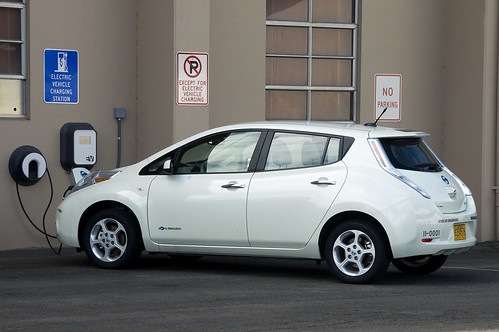
Electric Vehicle Technology and BLDC Motors
Electric cars were popular in the early 20th century, but internal combustion engines and the greater range of gas-powered vehicles made petroleum the preferred fuel source among automakers. In the early 1900s, electric vehicles used motors with Commutators and brushes. Now, BLDC motor suppliers provide the drives for modern hybrid and electric vehicles.
Electric and hybrid automakers prefer BLDC motors because:
- They generate less rotor heat
- The motor can operate at unity power factor, making the peak point efficiency higher
- Rotor cooling is simpler to achieve
- The motor response is faster
- The availability of versatile, compact designs
- The motors have fully integrated drive solutions
The Dawn of 3D-Printed Vehicles
In September 2014, Local Motors 3D printed the Starti, the world’s first 3D-printed automobile, at the six-day International Manufacturing Technology Show (IMTS). The printing process used digital manufacturing (DDM) and took 44 hours to complete. Following the printing process, a team quickly assembled the vehicle with components such as the battery, BLDC motor, suspension and wiring. The car has about 212 layers of ABS plastic that’s carbon fiber reinforced, an engine that’s 100 percent electric, an electronic engine immobilizer and is available with a 5- or 17-break horsepower (bhp) motor with 42-foot-pound of torque. At the time of publication, the car has a 62-mile range and 3.5-hour charge time, and can reach a top speed of about 50 miles per hour.
Many of the plans for 3D-printed vehicles are open-source. If you’re experimenting with your own 3D-printed vehicle or a different type of design, Sinotech offers BLDC motors, including custom motors, for your endeavor. Contact Sinotech today to learn more.
[Photo by ODOT via CC License]